It was 10 years ago last month that MSI launched the first RGB motherboard, the X99A Godlike Gaming. And as a PC and components editor, it feels like I've lived every rainbow-strewn moment of the last decade surrounded by software-controlled lights. From SSDs, laptops, mousepads, GPU water blocks, power cables – you name it. About the only PC or PC part that didn't get the RGB treatment was the CPU (unless you count Newegg's 2019 April Fools video).
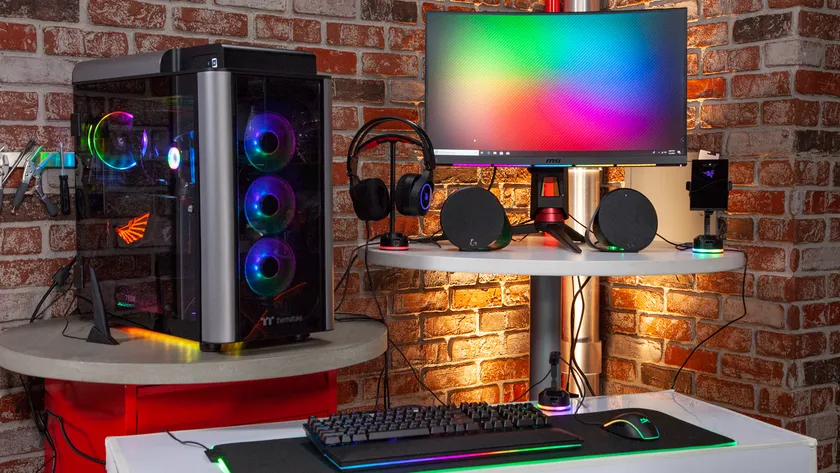
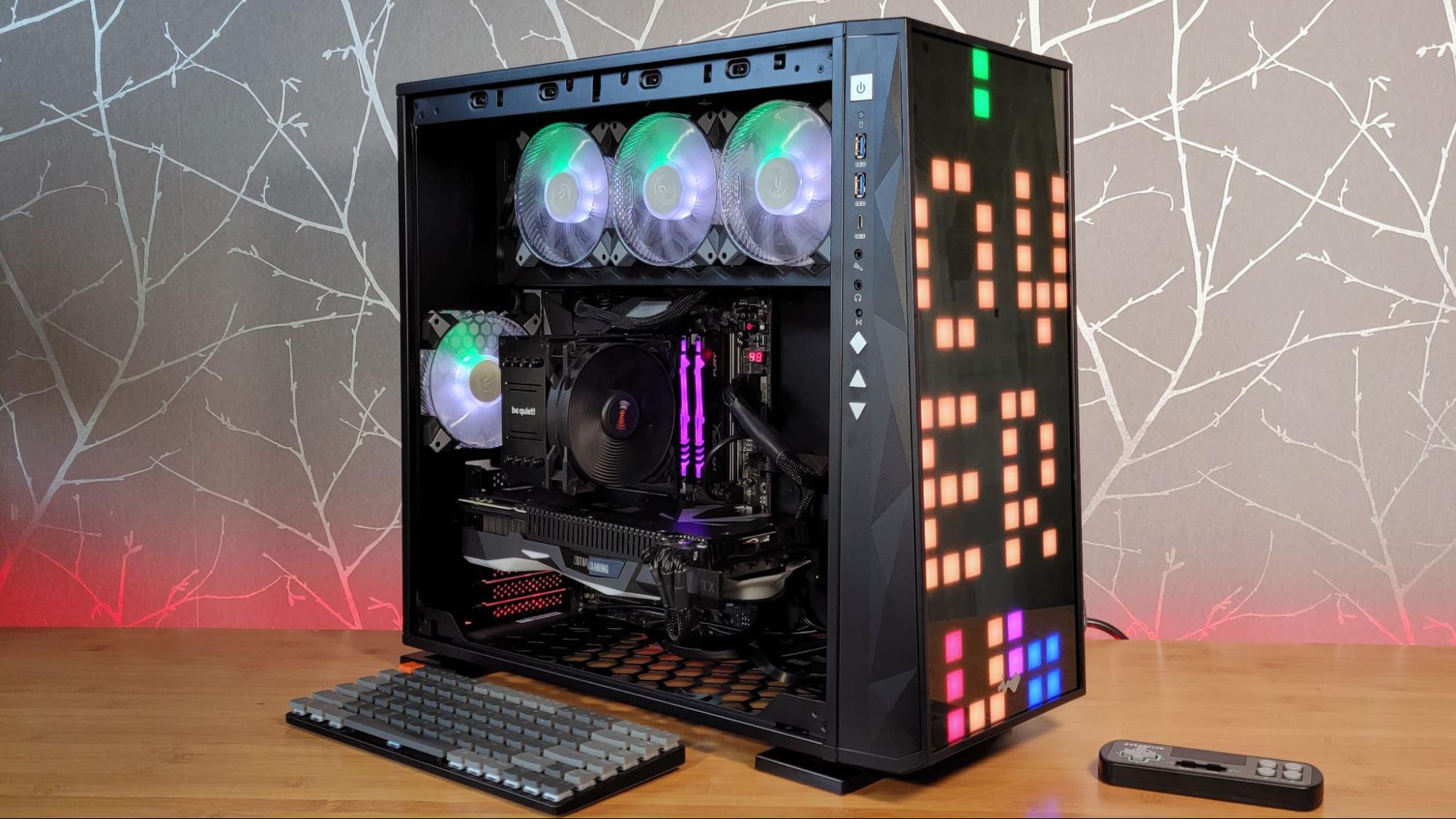
I mean, look at it. It had a controller that let you play Tetris on the front panel, for some reason. It was fun for a few minutes in 2020 when I was still mostly stuck at home, but by 2023, I'd rebuilt my gaming rig inside a Fractal North case without RGB or even a side window. It's still the case (and the PC) that I'm using today as my main work and gaming system, and I haven't seen anything since that's made me want to switch.
HP Omen 35L Stealth Edition
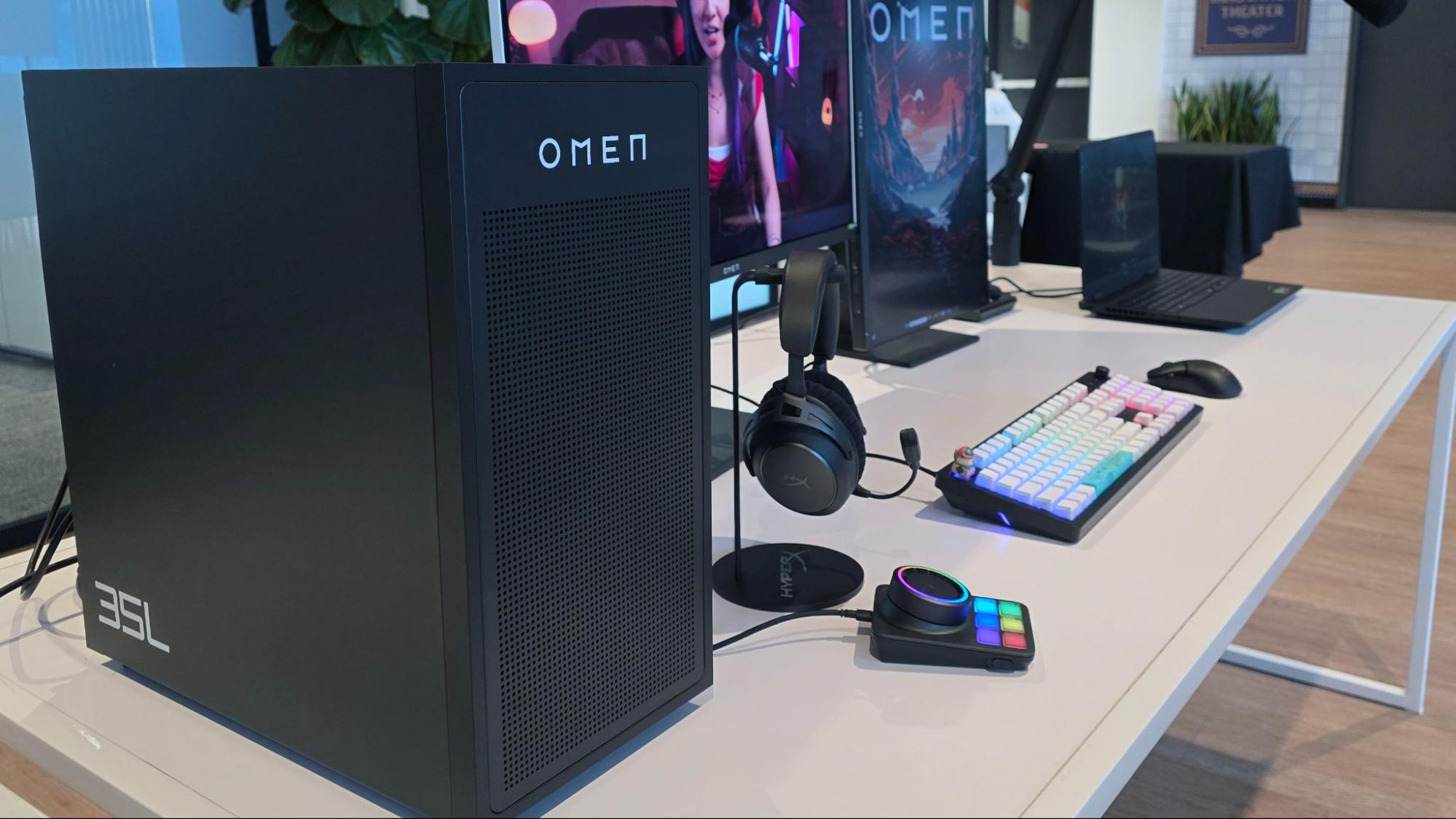
But if I were buying a prebuilt gaming rig in late 2025, I would seriously consider HP's just-announced Omen 35L Stealth edition. The company has offered its mid-sized gaming rig with a basic steel case before as a budget option. But interestingly, now it's giving the system its own name and a marketing push. Clearly, HP thinks there is demand for a gaming rig that's boldly black and boxy, although it's still hedging its bets with the non-Stealth 35L, which has the typical side window and RGB intake fans.
I like the simple look of the 35L Stealth Edition, though. If not for its mesh front and top, it would look almost… Kubrickian, with a thin white font proclaiming the Omen brand and 35L model / volume on the front and side, and not really anything else in terms of adornment. Still, I'd like to see a color-swapped version in white with black letters, which the company already does with the non-Stealth 35L.
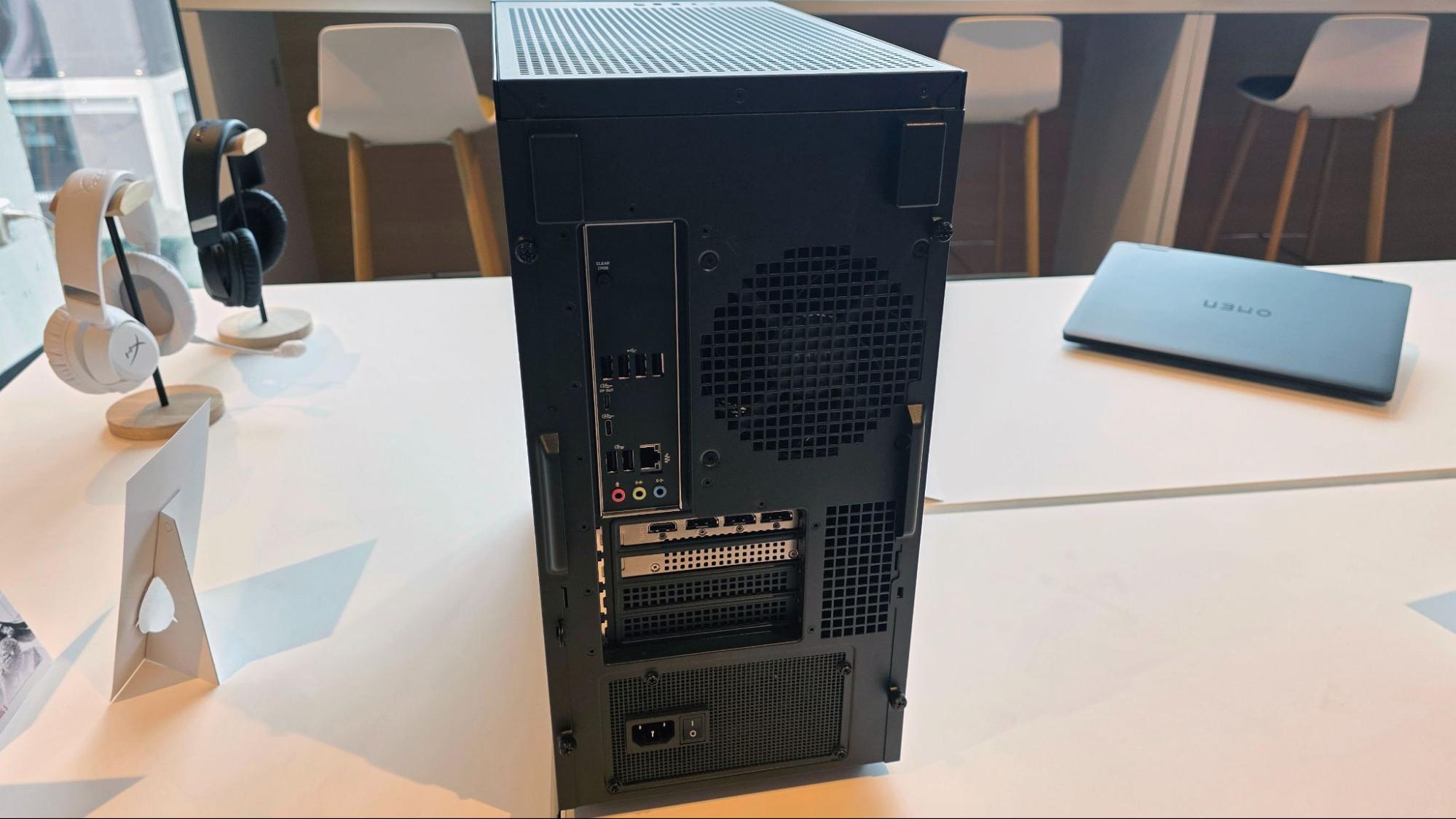
Port selection on the back of the model the company had on display at a press event in NYC was at least decent, with two 10 Gbps USB-C ports and six USB-A. But note that four of those ports seem to be USB 2.0. Port selection will also likely differ, at least between Intel and AMD models.
The Omen 35L and 35L Stealth Edition are expected to go on sale in October, starting at $1,499. The CPU options range from the Ryzen 7 7800X3D to the Ryzen 9 9950X3D on the AMD side, with just two last-gen CPU options from Intel: the Core i5-14400F and Core i7-14700F. (The imbalance of those CPU options also tells a story of a big shift in the industry). GPUs run the gamut of Nvidia's current Blackwell range, from the RTX 5050 up to the RTX 5090. Sorry, AMD fans, there are no Radeons in the Stealth's spec sheet.
As a builder, I'm much more likely to roll my own gaming PC (Lian Li's excellent wood-accented
LanCool 217would be a good place to start). But I hope the Omen 35L Stealth Edition sells well enough for HP to continue iterating on its non-RGB gaming rig, and for other companies to consider their own non-lit PCs. I don't expect RGB to go away, but it's always nice to have choices. And for a long time in the prebuilt gaming and PC case space, it's felt like the primary (and often only) thing most companies paid any real attention to was RGB. I'm ready to focus on – and look at – something else.
Note: As with all of our op-eds, the opinions expressed here belong to the writer alone and not Tom's Hardware as a team.

 4 months ago
15
4 months ago
15

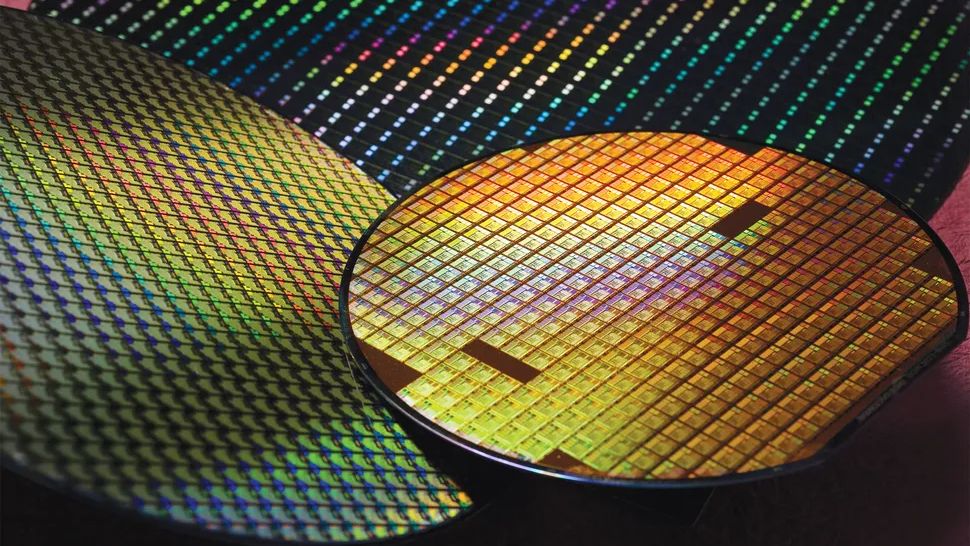








 English (US) ·
English (US) ·